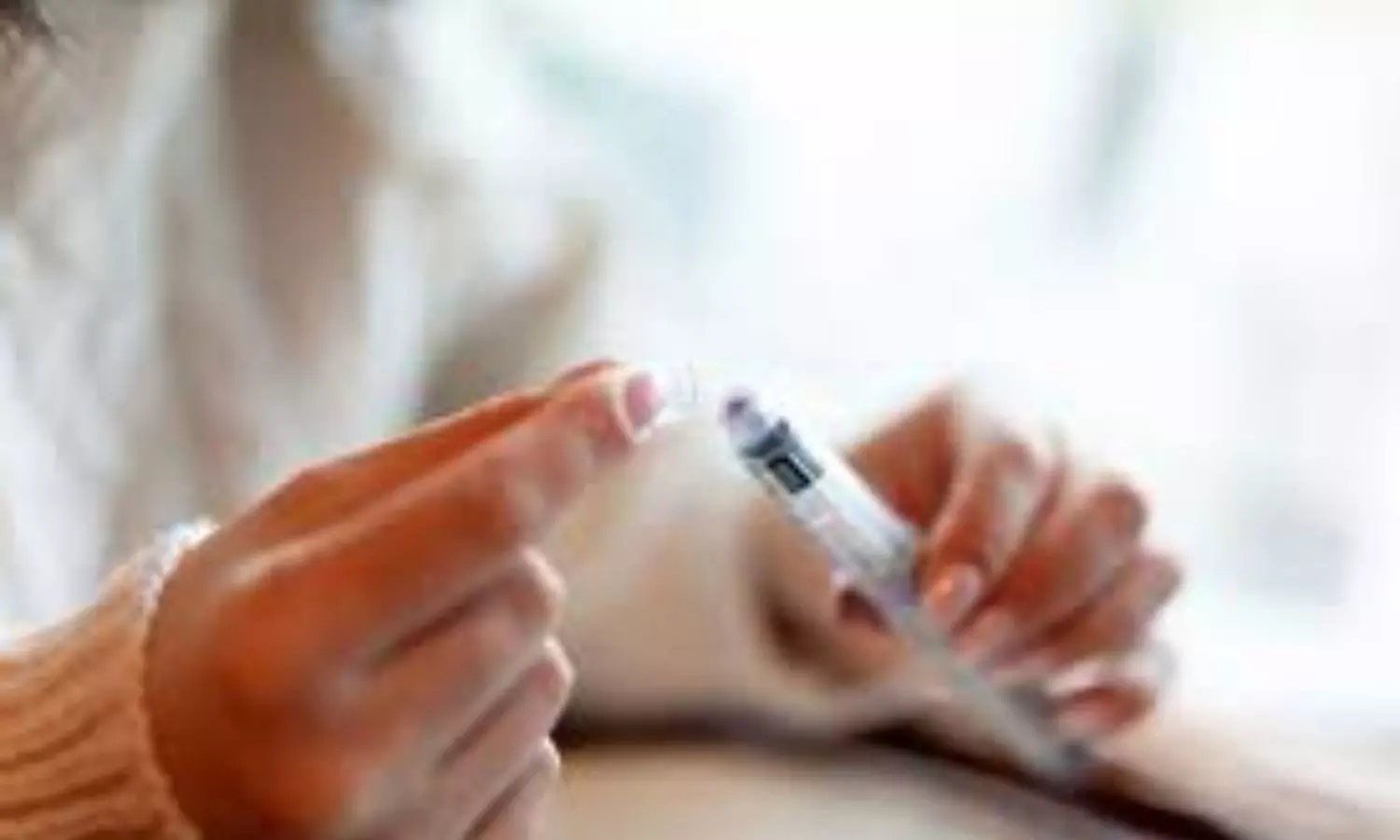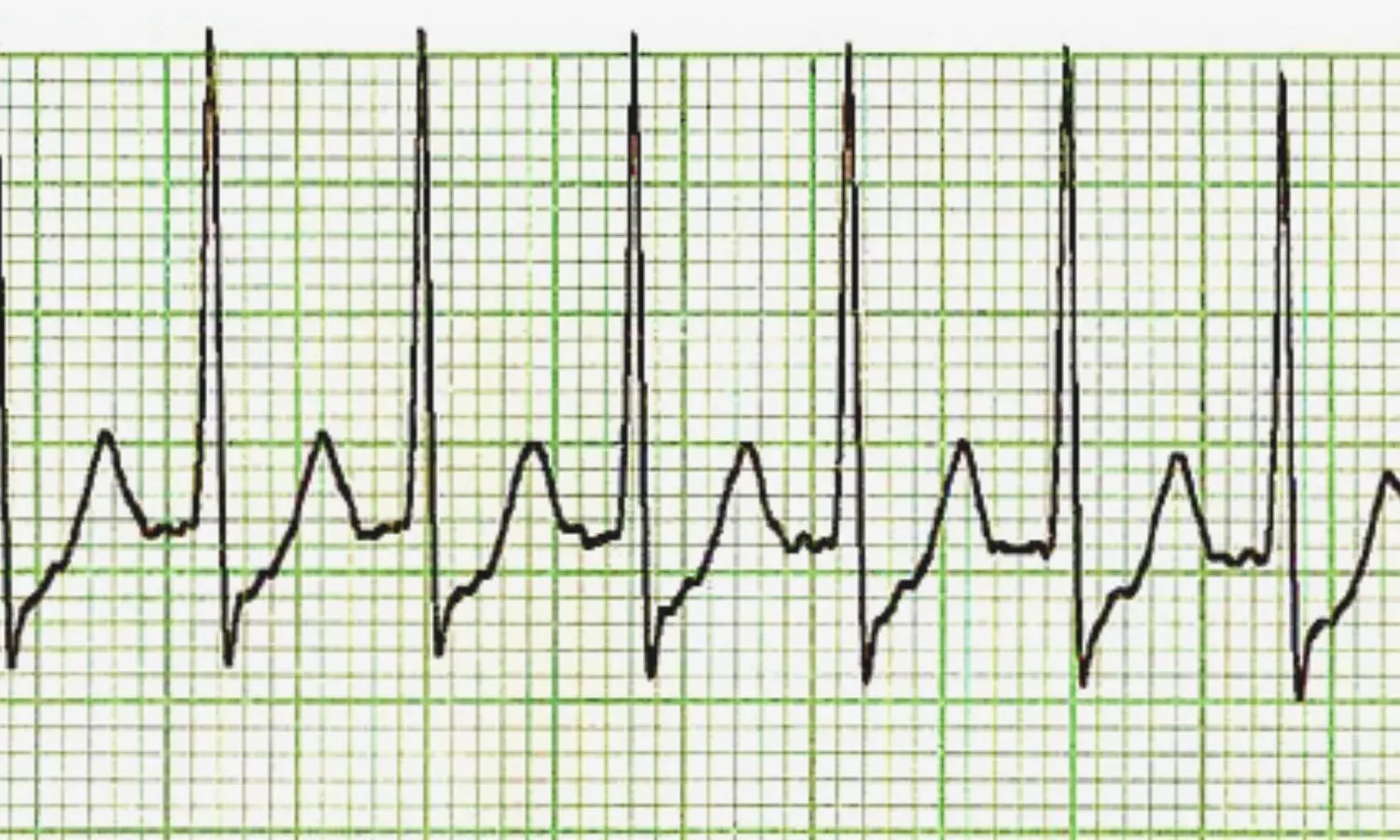
Rising temperatures across Australia could increase the burden of mental and behavioural disorders (MBD) by almost 50 per cent by 2050, according to a new study from the University of Adelaide. The research highlights the urgent need to act now to protect mental health as the climate warms.
Published in Nature Climate Change, the study shows that high temperatures contributed to an annual loss of 8458 disability-adjusted life years (DALYs), representing 1.8 per cent of total MBD burden in Australia. Young Australians aged 15 to 44 are particularly affected, with most losses linked to living with poor mental health.
“The detrimental impacts of climate change on good mental health and emotional states have been increasingly recognised worldwide, and it’s only going to get worse unless we act,” said lead author Professor Peng Bi, from the University’s School of Public Health.
MBDs encompass a broad spectrum of symptoms associated with distress or impairment in important functional areas, including an individual’s emotional regulation, cognition or behaviour, and include anxiety, depressive, bipolar affective, schizophrenia, alcohol, drug use and other mental and substance use disorders.
“From mild distress to serious conditions like schizophrenia, rising temperatures are making things harder for millions,” said Professor Bi.
The study, based on data from the Australian Burden of Disease database, found that warmer regions, like those closer to the equator, face higher risks.
The Northern Territory had the highest predicted relative risk as well as highest average threshold temperature while South Australia and Victoria had the highest proportion of burden attributable to high temperature, with 2.9 per cent (62.6 DALYs per 100,000) and 2.2 per cent (51.1 DALYs per 100,000), respectively.
“These results underscore the crucial role of policymakers in developing focused public health interventions to minimise the emergence of mental health impacts of climate change, given its significant human, social and financial consequences,” said Professor Bi.
“About 8.6 million Australians aged 16 to 85 will experience an MBD within their lifetime. Factors like income, access to healthcare, and local conditions shape how heat affects mental health, with some areas hit harder than others.”
“Our findings show that climate change will drive up mental health challenges beyond what population growth alone would cause,” said first author Dr Jingwen Liu.
“Young people, who often face these issues early in life, are especially at risk as the climate crisis worsens.”
The researchers call for immediate action, including a heat-health action plans to prepare healthcare systems for rising mental health needs, localised solutions, like community programs and green spaces to build resilience and support for vulnerable groups, ensuring those most at risk get the care they need during hot periods.
“Policymakers must step up with targeted, people-centred strategies to protect mental health as temperatures climb,” said Professor Bi.
Reference:
Liu, J., Varghese, B.M., Hansen, A. et al. Increasing burden of poor mental health attributable to high temperature in Australia. Nat. Clim. Chang. (2025). https://doi.org/10.1038/s41558-025-02309-x.










